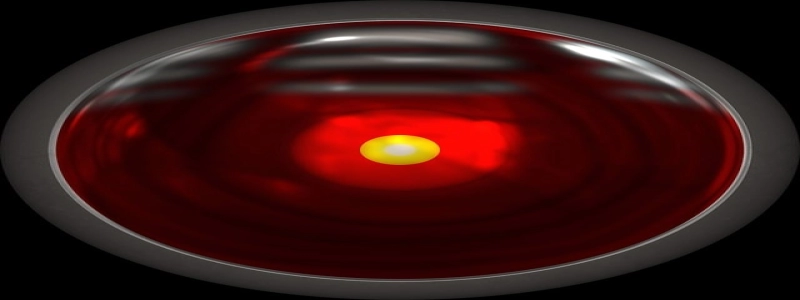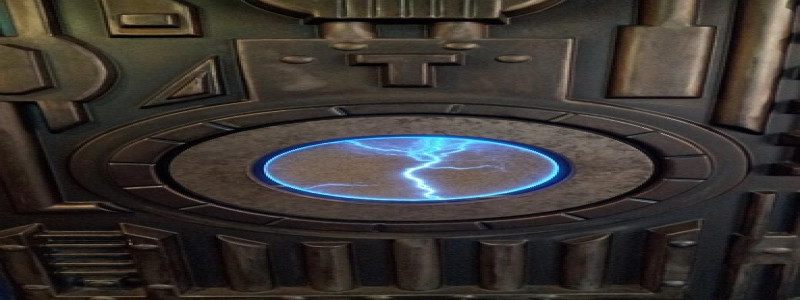Ethernet Cable Pattern
Introduction
————–
In the world of networking, Ethernet cables play a crucial role in connecting devices together and allowing data to flow seamlessly between them. Understanding the different types and patterns of Ethernet cables is essential for anyone working with networks. In this article, we will delve into the details of Ethernet cable patterns, exploring their structure, performance, and common applications.
Category 5/5e Ethernet Cable
——————————-
Category 5 (Cat 5) and Category 5e (Cat 5e) Ethernet cables are the most widely used types in the industry. They are known for their affordability, versatility, and compatibility with most networking devices. The cable is made up of four twisted pairs of copper wires, enclosed within a plastic sheath.
The twisted pairs are crucial in reducing electromagnetic interference, which ensures better signal quality over longer distances. The Cat 5e cable, an enhanced version of Cat 5, provides improved performance with reduced crosstalk and higher data transmission speeds, making it suitable for more demanding applications.
Category 6 Ethernet Cable
————————-
Category 6 (Cat 6) Ethernet cables, also known as Gigabit Ethernet cables, offer higher bandwidth and faster data transfer speeds compared to Cat 5/5e cables. They are designed for use in environments that require high-performance networking, such as businesses, data centers, and multimedia applications.
Cat 6 cables feature tighter twisted pairs and thicker copper conductors, reducing crosstalk and improving signal integrity. With a frequency range of up to 250 MHz and support for data rates up to 10 Gbps, Cat 6 cables provide reliable and efficient connectivity for demanding network applications.
Category 6A Ethernet Cable
————————–
Category 6A (Cat 6A) Ethernet cables are an enhanced version of Cat 6 cables, specifically designed to support 10 Gigabit Ethernet. They provide improved performance and reliability, making them suitable for high-speed networking applications such as cloud computing and virtual reality.
The major difference between Cat 6 and Cat 6A cables lies in their bandwidth capabilities. While Cat 6 cables support up to 250 MHz, Cat 6A cables can handle frequencies up to 500 MHz. Additionally, Cat 6A cables have stricter alien crosstalk specifications, ensuring minimal interference from external sources.
Conclusion
———-
Ethernet cables come in various patterns, each with its own characteristics and applications. Understanding the differences between these patterns is crucial for choosing the right cable for specific networking needs. Whether it’s the affordability of Cat 5/5e cables, the performance of Cat 6 cables, or the high-speed capabilities of Cat 6A cables, selecting the appropriate Ethernet cable ensures efficient and reliable data transmission in any network setup.








